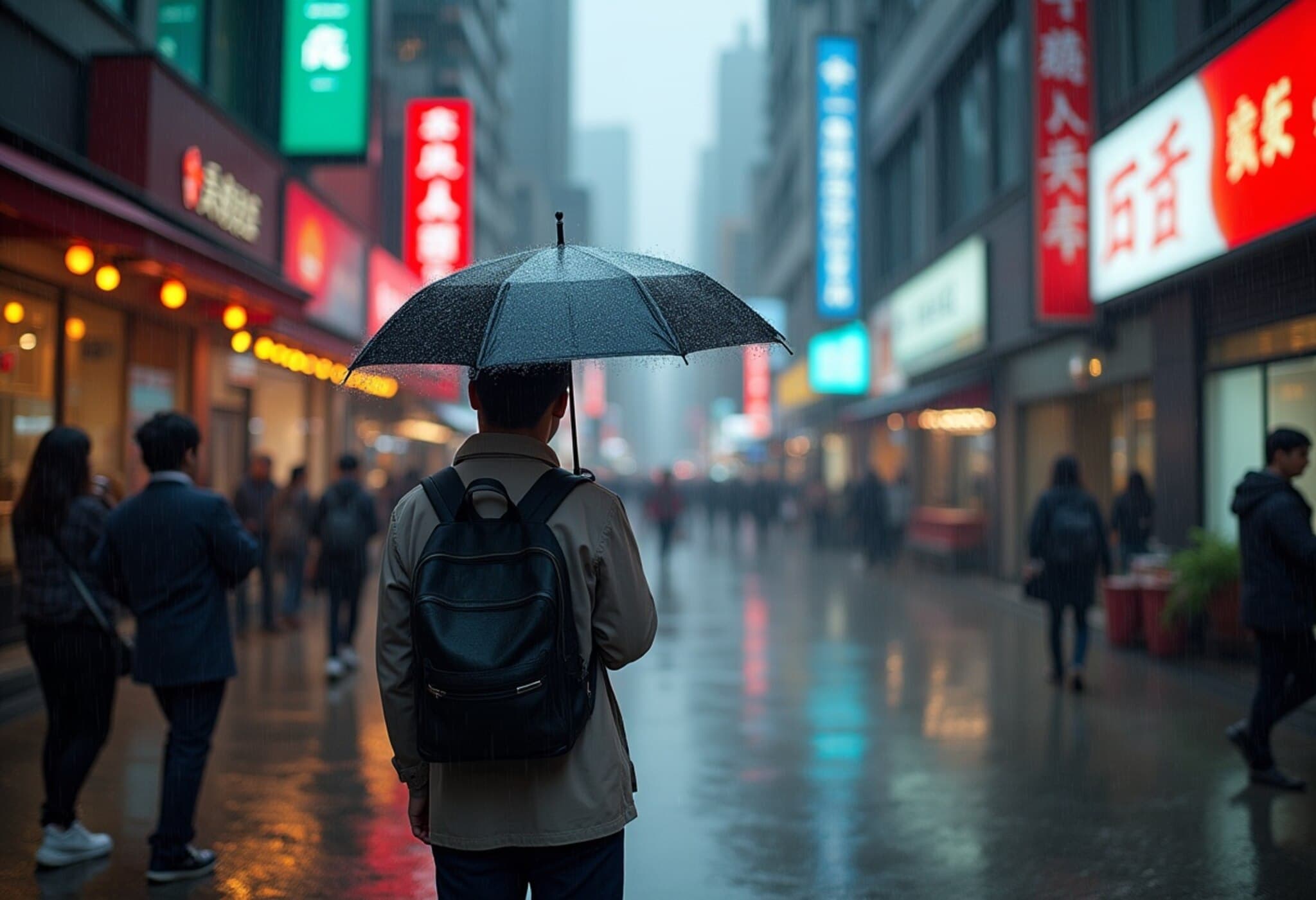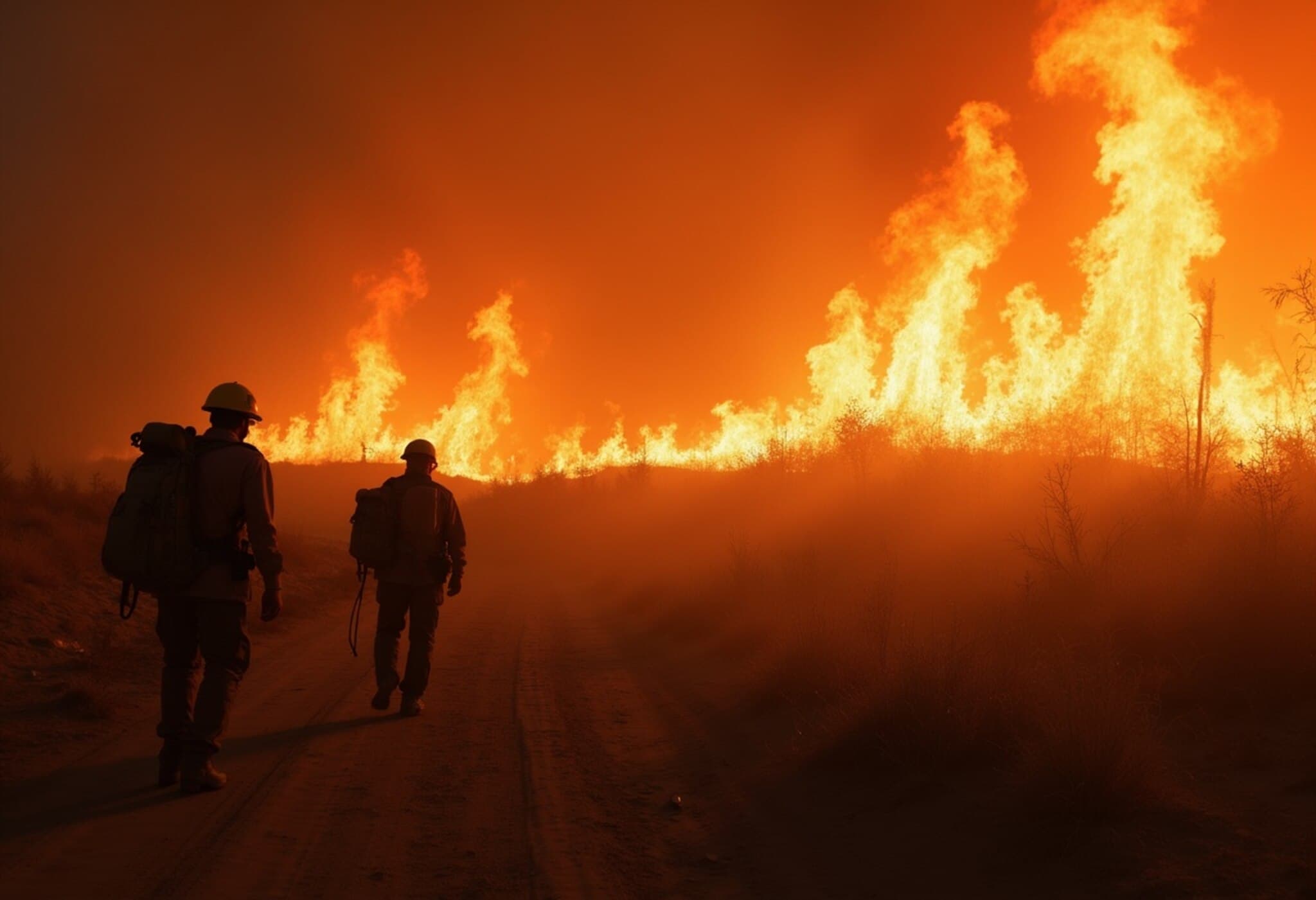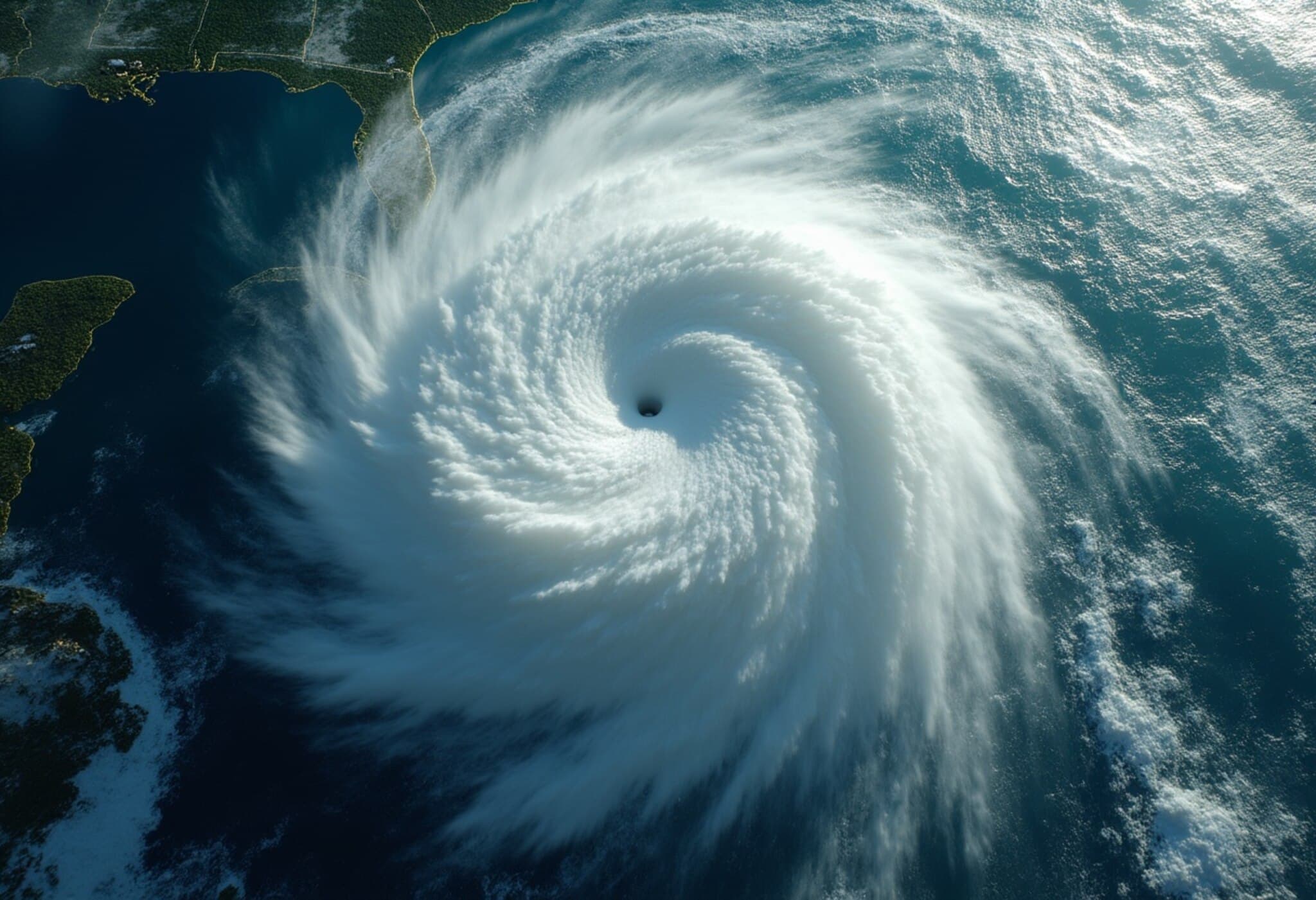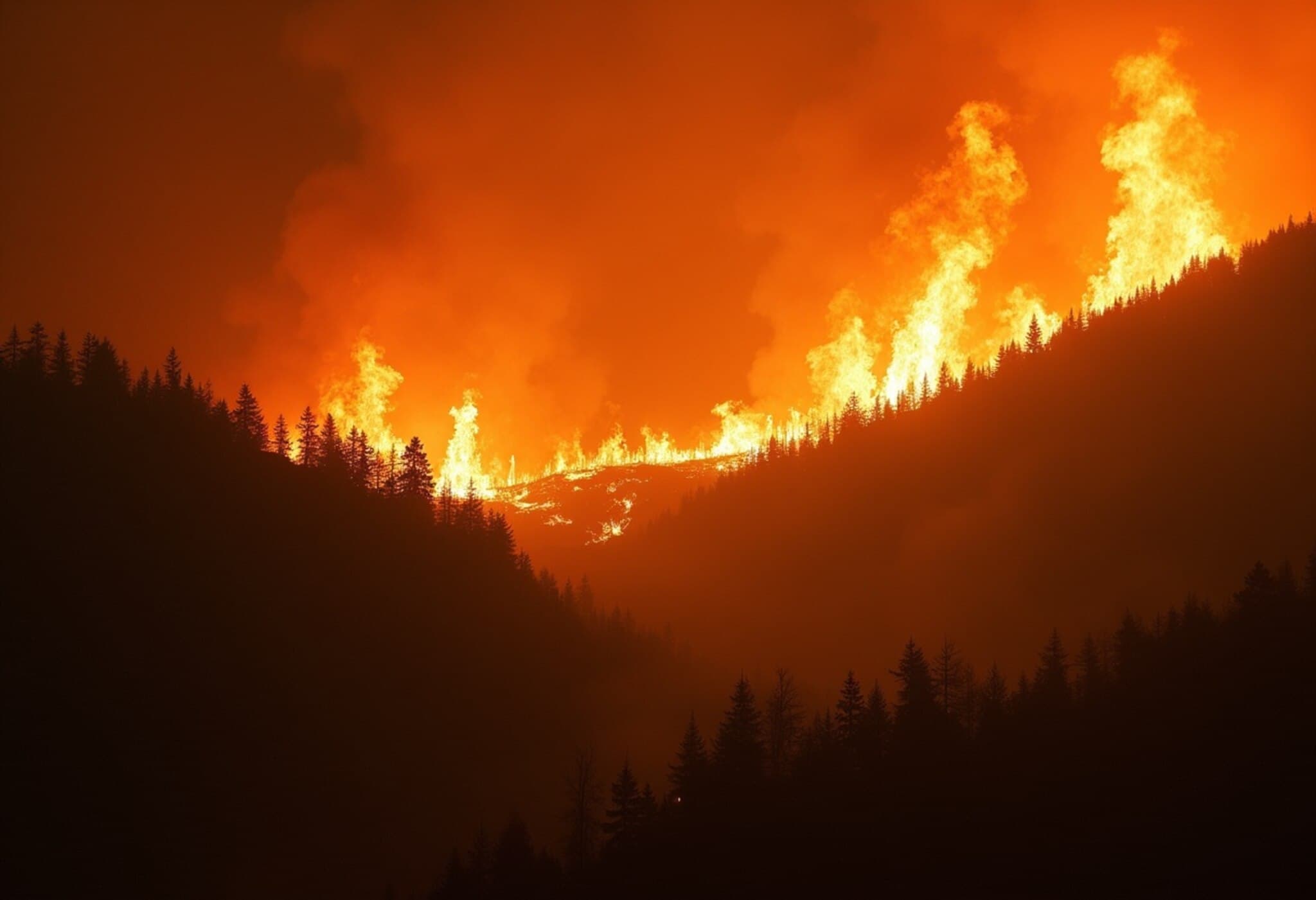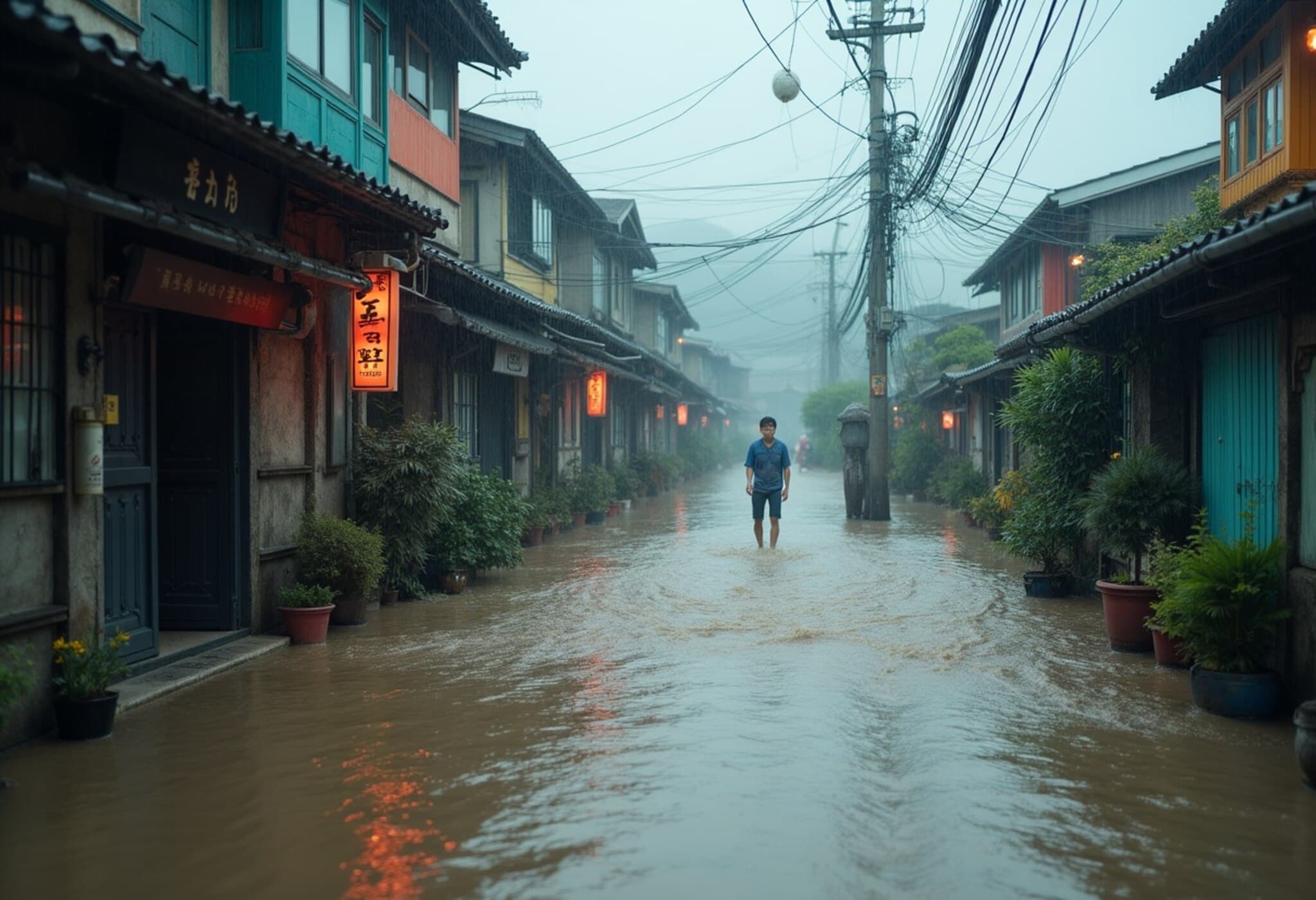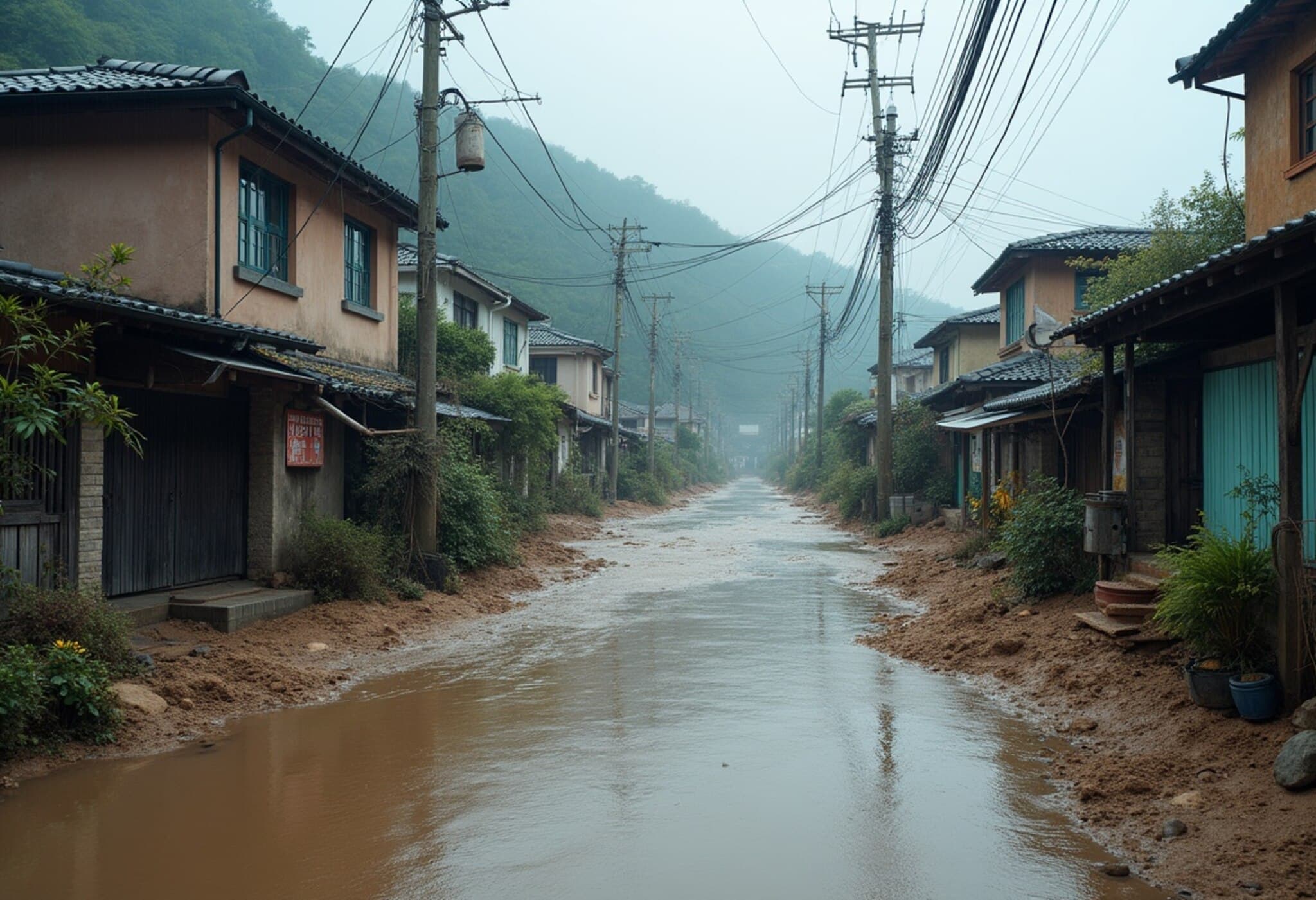Hong Kong Battles Historic Black Rainstorm Alert Twice in Six Hours
On Tuesday, August 5, 2025, Hong Kong endured relentless torrential rains that forced authorities to issue a black rainstorm warning twice within six hours—an alarm that signals extreme weather and severe flooding risks. This rare and severe warning was first raised late Monday night at 11:45 p.m. and reissued at 5:50 a.m. Tuesday morning, marking the second-longest black rainstorm alert in the city’s history, stretching over 11 hours and 15 minutes.
Unprecedented Delays and Public Disruptions
The heavy downpour effectively brought parts of this bustling financial hub to a near standstill. Schools across the city suspended classes to ensure the safety of students and staff, while emergency shelters were promptly opened to accommodate residents displaced by floods. Transportation services were severely affected, with more than 100 flights delayed and two cancellations at Hong Kong International Airport, as reported by the local media.
Social media platforms were flooded with images depicting submerged vehicles in Tseung Kwan O’s eastern district and waterlogged streets disrupting daily commutes. Public transport slowed markedly in several regions, and certain MTR station exits were temporarily closed to protect commuters from hazardous conditions.
Health Services Under Strain Amidst Flooding
Medical facilities also felt the impact, with Queen Mary Hospital reporting disruptions to its emergency room services due to severe flooding on adjacent roads—emphasizing the widespread nature of the storm’s impact on critical infrastructure and public health.
Technical Insights from the Hong Kong Observatory
The Observatory’s black rainstorm warning corresponds to rainfall exceeding 70 millimeters within an hour. During this storm, localized hourly rainfall exceeded or was projected to surpass 100 millimeters in some areas, triggering fears of extensive flooding and landslides in vulnerable zones.
Expert Analysis: Implications of Climate Patterns on Hong Kong’s Urban Resilience
The recurrence and intensity of black rainstorm alerts reflect broader trends of climatic volatility exacerbated by global warming. Hong Kong’s dense urban sprawl coupled with aging drainage infrastructure poses significant challenges in managing heavy rainfall events.
Climate experts warn that cities like Hong Kong need to ramp up flood control measures, bolster emergency preparedness, and invest in resilient infrastructure to mitigate disruptions from extreme weather phenomena that may become more frequent in the coming decades.
Underreported Questions: Preparedness, Inequality, and Environmental Justice
While government response mechanisms mobilized swiftly, the storm highlights underlying socio-economic disparities—residents in less affluent neighborhoods often bear the brunt of such natural disasters. Are current urban planning policies adequately addressing these vulnerabilities? How can public services be further enhanced to ensure equity during climatic emergencies?
Looking Ahead
As Hong Kong recovers from this extraordinary storm, authorities and citizens alike are reminded of the critical need to adapt to an evolving climate reality. This event serves as both a wake-up call and an impetus for greater environmental stewardship and community resilience driving Hong Kong’s future urban policy agendas.
Editor’s Note
Hong Kong’s double black rainstorm warning underscores not only the city’s vulnerability to extreme weather but also the urgent necessity for climate-conscious urban planning. Readers are encouraged to consider how metropolitan areas worldwide can learn from such events—balancing rapid development with sustainable, equitable resilience strategies as climate risks escalate globally.

